In an era where climate change and energy sustainability are at the forefront of global discussions, harnessing the sun’s power has emerged as a promising solution. Portable solar panels have gained popularity as an eco-friendly and efficient way to generate electricity, especially in off-grid scenarios. Whether you’re a camping enthusiast, an off-grid explorer, or simply someone curious about renewable energy, this beginner’s guide to portable solar panels will illuminate the essentials.
Understanding Solar Energy
The Basics of Solar Energy
Solar energy is derived from the sun’s rays, which contain tiny particles of energy called photons. When these photons hit solar panels, they are absorbed by solar cells, typically made from semiconductor materials like silicon. This absorption of photons generates an electrical current, which can then be harnessed to power various devices or charge batteries.

Why Go Solar?
Going solar offers numerous advantages, especially when it comes to portable applications:
- Clean and Renewable: Solar power is clean and does not produce harmful emissions, making it an eco-friendly energy source. It also doesn’t deplete finite resources.
- Energy Independence: Portable solar panels provide a degree of energy independence, allowing you to generate power wherever the sun shines.
- Cost Savings: While the initial investment may be relatively high, solar panels can save you money in the long run by reducing electricity bills and fuel costs.
- Low Maintenance: Solar panels require minimal maintenance, mainly cleaning to remove dirt and debris that can reduce efficiency.
- Quiet and Reliable: Solar panels operate silently and have a long lifespan, making them a reliable power source.
Types of Portable Solar Panels
Portable solar panels come in various forms, each designed to suit different needs and scenarios:

Foldable Solar Panels
Foldable solar panels are lightweight and highly portable. They typically consist of multiple solar cells connected and can be folded for easy transportation. They are ideal for camping trips, backpacking, and emergency power needs.
Solar Blankets
Solar blankets are thin, flexible, and easy to store. They can be spread out to capture sunlight and even be attached to backpacks for on-the-go charging. Solar blankets are great for hikers and adventurers.
Solar Power Banks
Solar power banks combine a battery with built-in solar panels. They are compact and perfect for charging small devices like smartphones, tablets, and cameras. These are handy for daily use and outdoor activities.
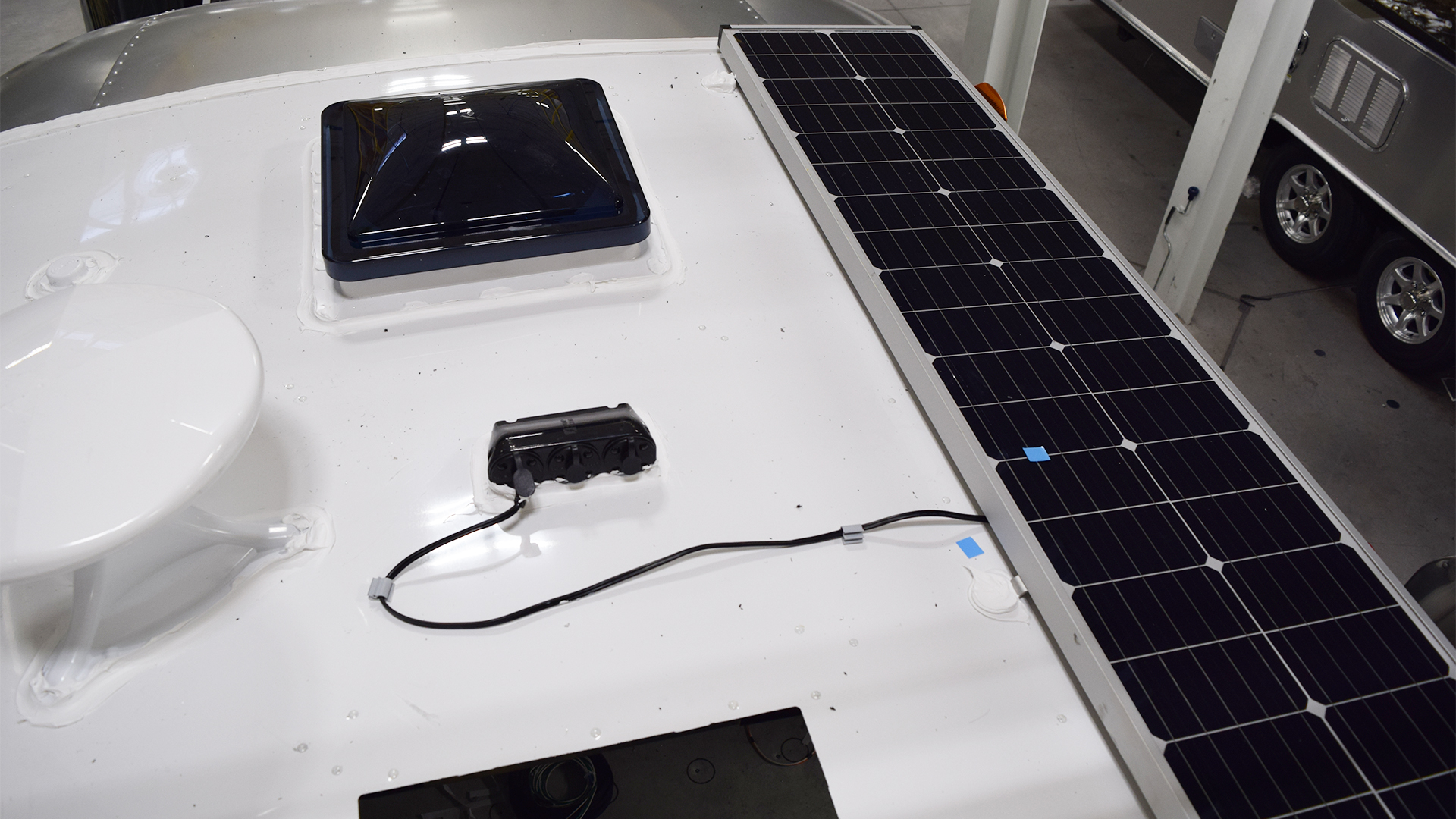
Briefcase Solar Panels
Briefcase solar panels are more extensive and offer higher power output. They are designed for more demanding power needs, such as RVs, boats, or off-grid cabins which can be used in camping. The folding design makes them relatively easy to transport.
How Portable Solar Panels Work
Understanding the essential workings of portable solar panels is crucial for maximizing their efficiency:
Solar Panel Components
- Solar Cells are the individual units within the panel that convert sunlight into electricity.
- Charge Controller: A charge controller regulates the voltage and current from the solar panel to prevent overcharging and damage to connected devices or batteries.
- Battery (Optional): In many cases, portable solar panels charge batteries. This allows you to store excess energy when the sun is not shining.
- Inverter (Optional): If you need to power AC devices, an inverter is necessary to convert the DC electricity generated by the solar panel into AC electricity.
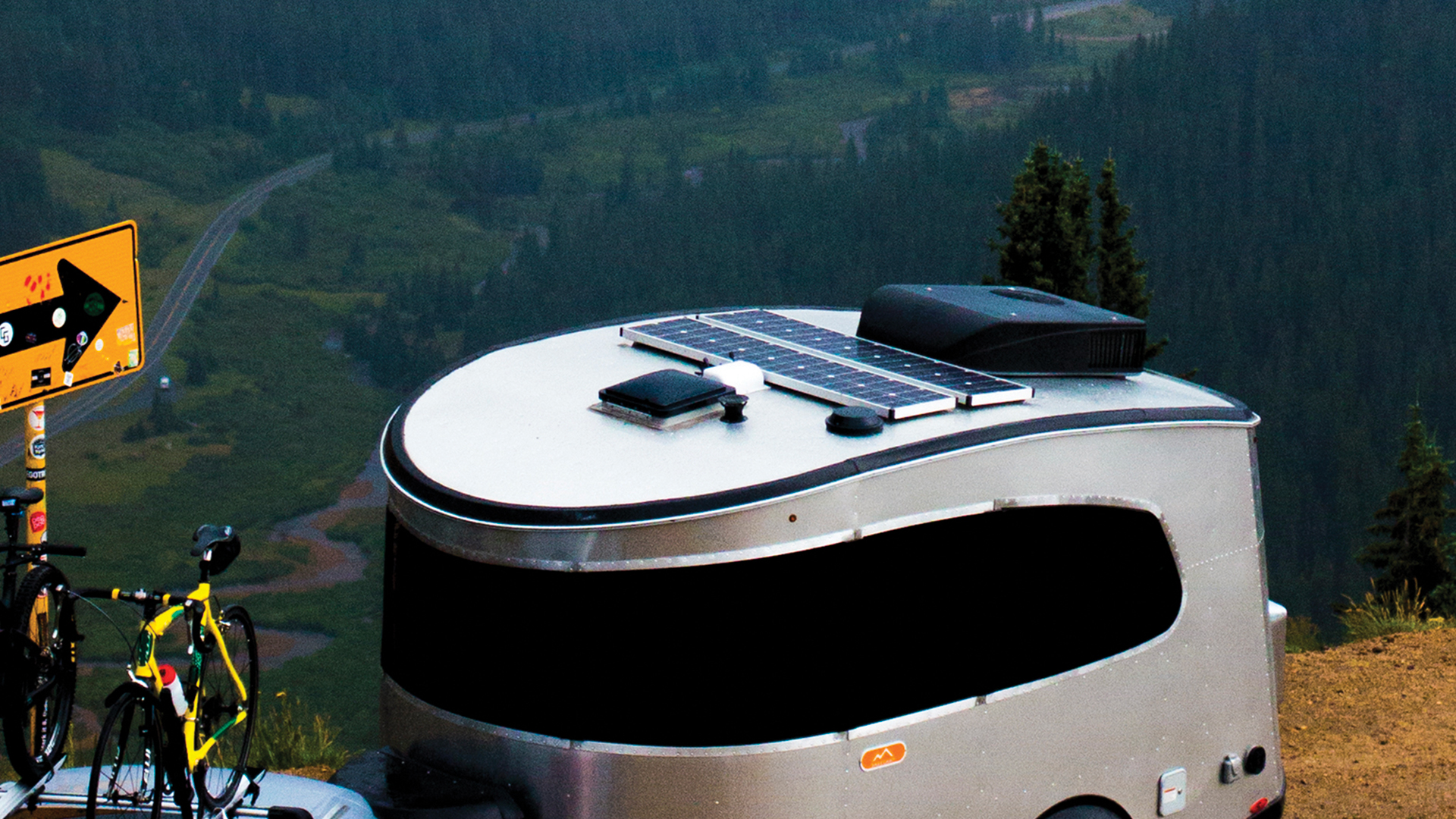
How Solar Panels Generate Power
- Sunlight Absorption: Solar cells in the panel absorb sunlight and release electrons, creating a flow of electricity.
- Charge Controller Regulation: The charge controller ensures that the voltage and current generated by the solar panel are at safe levels for charging batteries or devices.
- Battery Charging (If Present): If you have a battery connected, the electricity generated by the solar panel is used to charge it. This stored energy can be used later.
- Device Charging (If Directly Connected): If you connect devices directly to the panel, they will draw power as long as sunlight is available.
Selecting the Right Portable Solar Panel
Choosing the right portable solar panel depends on your specific needs and circumstances. Here are some factors to consider:
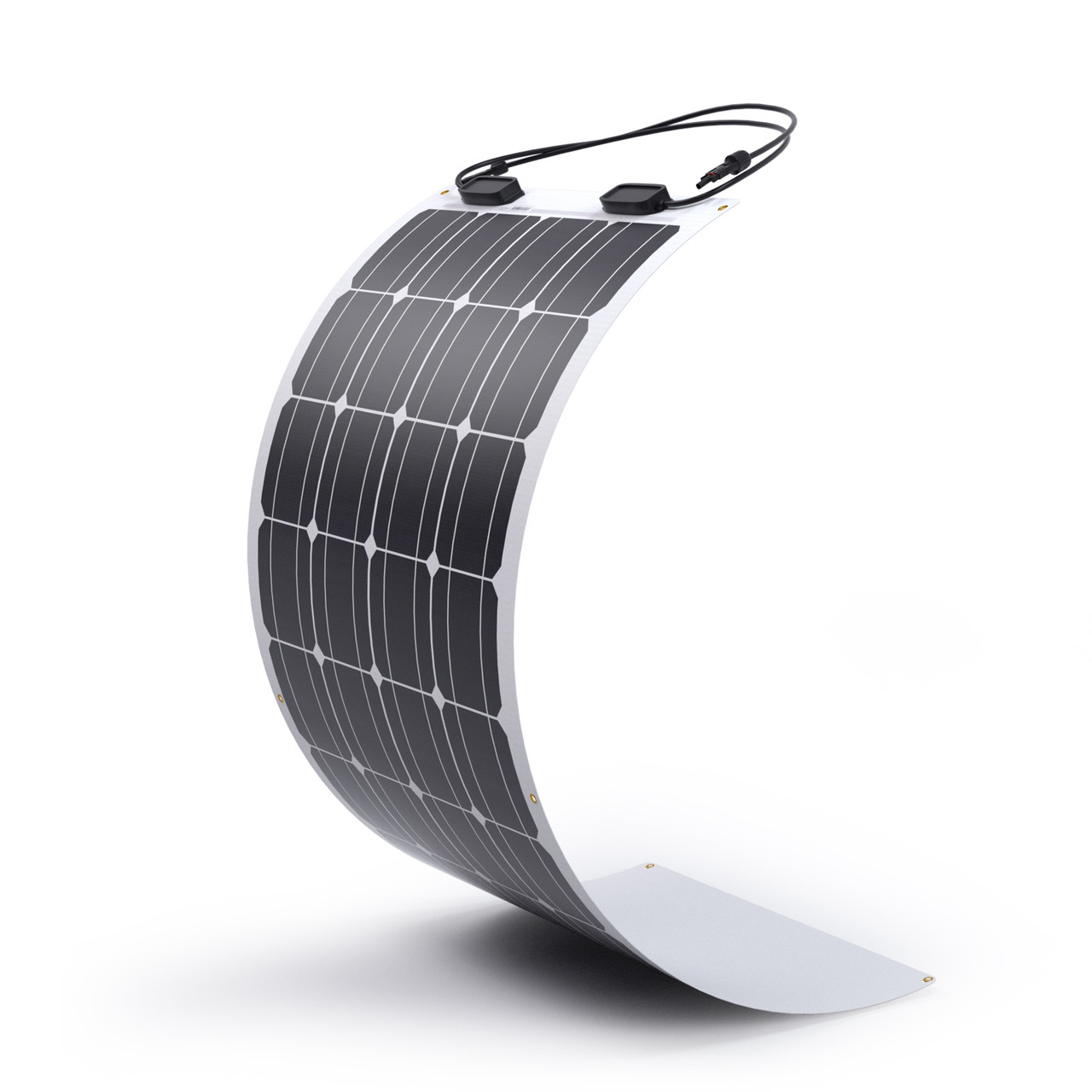
Power Output: Choosing the Right Wattage
One of the primary considerations when selecting a portable solar panel is its wattage or power output. This factor determines how much electricity the panel can generate and how many devices it can charge simultaneously. When assessing your power needs, balancing generating enough electricity and maintaining portability is essential.
Higher-wattage panels provide more power, which is essential for simultaneously charging larger or multiple devices. For example, if you plan to charge a laptop, smartphone, and camera while off the grid, you’ll need a panel with sufficient wattage to handle these power demands effectively.
Consider the following scenarios:
- Camping Trip: If you’re a camping enthusiast and want to power multiple devices like LED lights, a mini-fridge, and smartphones, a higher-wattage panel (100 watts or more) will ensure you have enough power to meet your needs.
- Backpacking Adventure: Where every ounce matters for backpacking, you might opt for a lightweight and compact panel in the 10-30 watt range. This power level is suitable for charging smaller devices like smartphones and GPS units.
- RV or Boat: In more stationary setups like RVs or boats, weight may not be a significant concern. In these cases, you can invest in larger, more powerful panels (200 watts or higher) to meet the energy demands of appliances, lighting, and other devices on board.
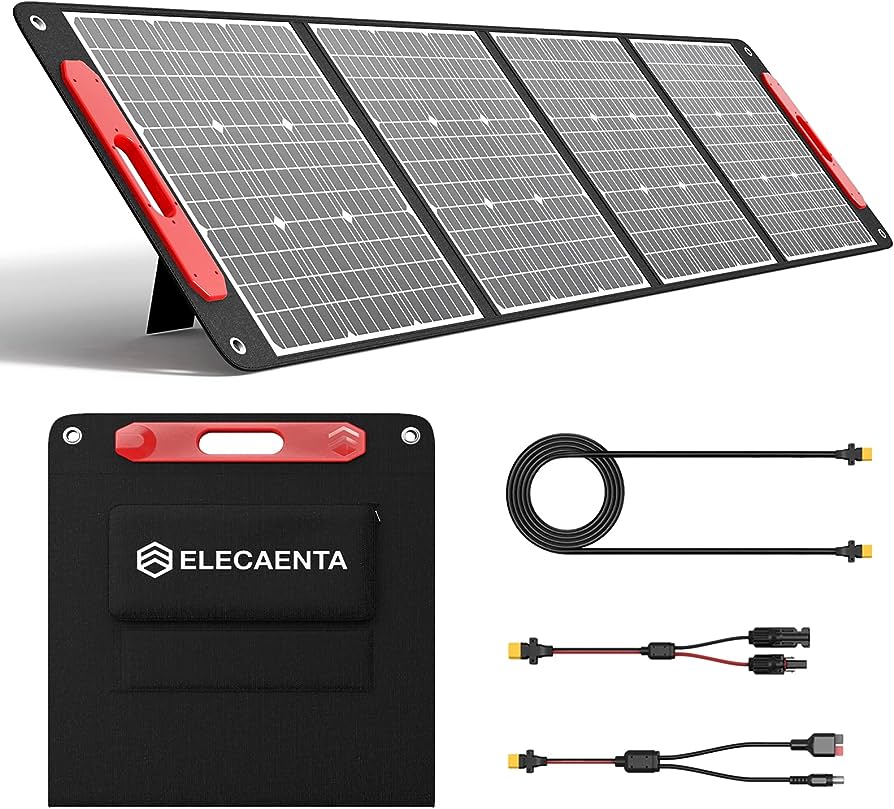
Portability: Lightweight and Foldable Options
The level of portability you need largely depends on your lifestyle and how often you’ll be on the move. If you’re a backpacker or frequently find yourself in remote locations, opting for lightweight and foldable portable solar panels is advisable. These panels are designed with mobility in mind and are often easy to transport.
Foldable solar panels, in particular, offer the advantage of being compact and easily fit into a backpack. They’re an excellent choice for those who prioritize mobility and want to keep their gear as lightweight as possible.
On the other hand, if your off-grid adventures involve less movement, such as in an RV or at a campsite you drive to, the weight of the panel may be a minor concern. In these scenarios, you can choose more extensive and powerful panels without worrying about portability.
Durability: Weather Resistance Matters
Portable solar panels are exposed to the elements, from harsh sunlight to rain, wind, and snow. Therefore, selecting a panel with sturdy construction and weather-resistant materials is crucial to ensure longevity and reliability.
Look for panels with robust frames and durable solar cells that can withstand environmental stressors. Many panels come with tempered glass to protect the solar cells from impact and adverse weather conditions. Additionally, panels with a corrosion-resistant frame, such as those made from aluminum, are better equipped to handle moisture and salty air exposure, making them suitable for marine environments.
When considering durability, also think about the terrain you’ll be navigating. If you anticipate rough terrain or uneven surfaces, choosing a panel with reinforced corners and anti-slip features can help prevent damage during setup and use.
Compatibility: Matching Your Devices and Batteries
Another crucial aspect to consider when selecting a portable solar panel is compatibility. Ensure that the panel is compatible with the devices and batteries you plan to use. This involves checking the panel’s output voltage and current to match the requirements of your devices.
Some panels have multiple output options and connectors, making them versatile and suitable for various applications. These panels allow you to connect various devices, from USB-powered gadgets like smartphones and tablets to DC devices or even inverters for AC appliances.
Use a compatible charge controller if you intend to charge batteries using your portable solar panel. Overcharging can damage batteries and reduce their lifespan. A suitable charge controller will regulate the voltage and current from the panel to ensure safe and efficient charging.
In conclusion
portable solar panels offer an exciting and sustainable way to harness the sun’s power for off-grid electricity needs. By understanding how they work, selecting the right panel for your needs, and following best practices for setup and maintenance, you can enjoy the benefits of clean and renewable energy wherever your adventures take you. The future holds even more promise for this eco-friendly technology, making it an essential part of our journey towards a greener and more sustainable future.

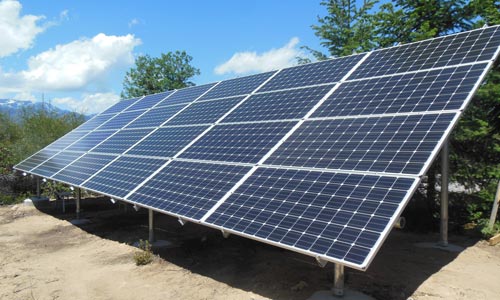


Leave a Comment